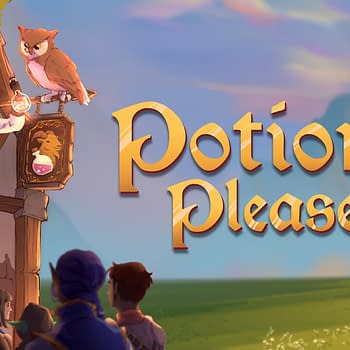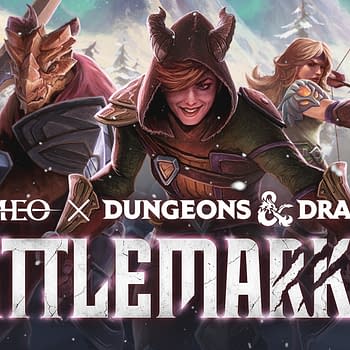Posted in: Card Games, Games, Magic: The Gathering, Tabletop, Wizards of the Coast | Tagged: Archenemy, magic, Magic: The Gathering, MTG, Scheme, TCG, wizards of the coast, WotC
Magic: The Gathering: Archenemy, Pt.8: The Sudden Impact Of Tokens
Hello all players, collectors, and other fans of Magic: The Gathering, the premier collectible trading card game designed, developed, and produced by Wizards of the Coast! This week, for this installment of our ongoing series on Magic's most diabolical 3-versus-1 format Archenemy, we have a fairly simple suite of schemes to share our opinions on. Two of them are even remarkably similar! So, without any further ado (except, of course, our ranking scale), let's hop to it.
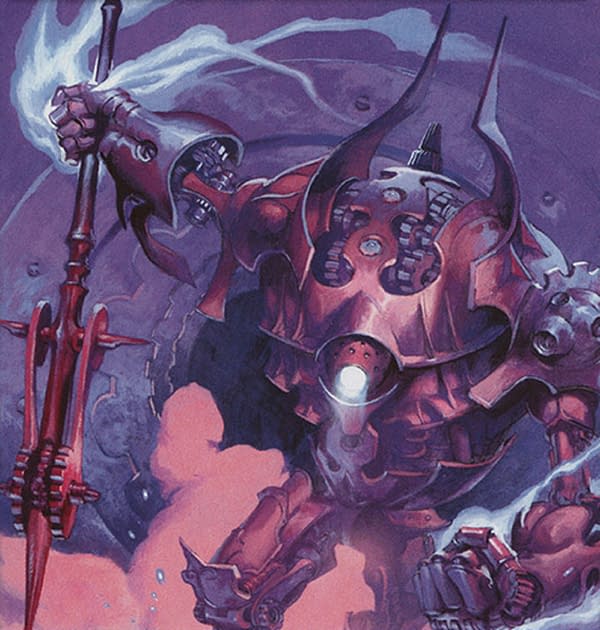
As mentioned above, here is how we rank schemes from the Archenemy format:
All Schemes will be grouped according to the overall role they play: These groupings are categorized as such:
Disruption: The Schemes take something from your opponents (and only them) that doesn't exist on the battlefield. This could be cards in hand, life, or choices like the ability to attack or cast spells.
Global: These Schemes impact each player with less disparity than the other Schemes in the game. Usually there will be an even effect for each player including the archenemy and/or their opponents, for a certain duration or instantaneously.
Removal: These Schemes remove opponents' permanents from the battlefield. These are rather self-explanatory, but could include the need for an opponent to make a tough decision.
Tempo: These Schemes give you as the Archenemy (and only you) some sort of expedited value, such as ramp, cards drawn, or even an extra turn, to name a few examples.
Value: These Schemes give you as the Archenemy (and only you) something such as tokens or cards put onto the battlefield, to name a few resources potentially granted this way. This does not include resources such as sources of mana or drawn cards, however.Next, the Schemes will be grouped further on a scale of 1-10 in terms of how well they do their job in the role provided, with 1 being rather underpowered and 10 being broken.
(For example, All In Good Time is a 9/10 for a Tempo Scheme, while Approach My Molten Realm is a 3/10 for a Global Scheme.)
Did you get all that? Sure you did! Now, let's look at this week's schemes.
#22. The Iron Guardian Stirs
The Iron Guardian Stirs (Value, 3/10) is a simple scheme that gets worse and worse as the game progresses. If it is set into motion in the first couple of turns in the game, then it's fine, as now there's nothing to worry you until it's removed and you have some added pressure put upon your opposing team. But the longer the game goes without you setting this scheme into motion, provided it is in your scheme deck, then the worse it is – and it gets worse in leaps and bounds after a certain point. We will pass on this one.
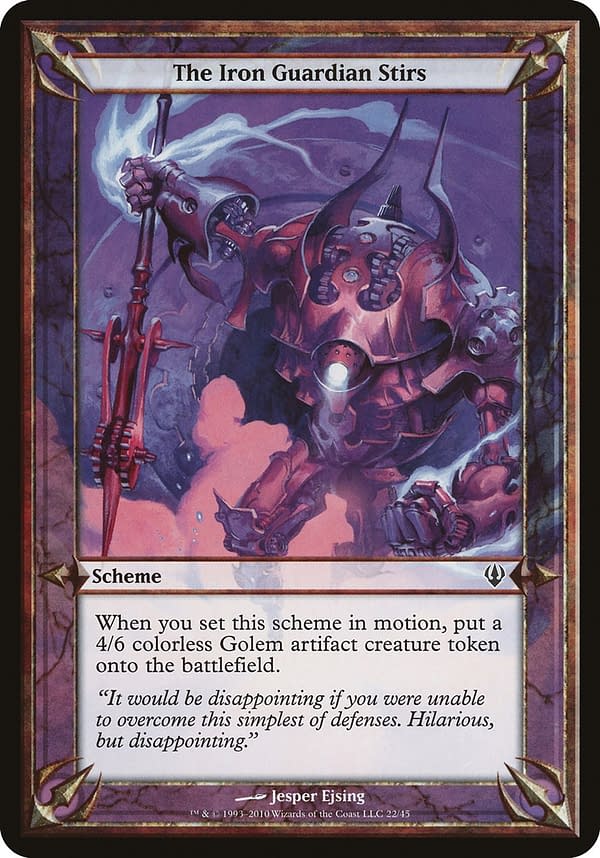
#23. Know Naught but Fire
Know Naught but Fire (Disruption, 2/10) is a scheme card that aims to punish all of your opponents for being greedy and retaining the cards in their hands. Sudden Impact was once a reasonably strong card (although very hit-and-miss depending on your opponents' hands), but this was probably the truest back in 1994 when green could have that effect, as evidenced by Storm Seeker. Players could absolutely tell the signs of this effect's aging with Tibalt, the Fiend-Blooded (which is a card best known for being laughably bad in most scenarios), but by then, this scheme was already out in the open. Today, in an era where formats like Commander aren't always settled with damaging effects, Know Naught but Fire knows naught but nothing, even if it does hit each of your opponents in equal measure.
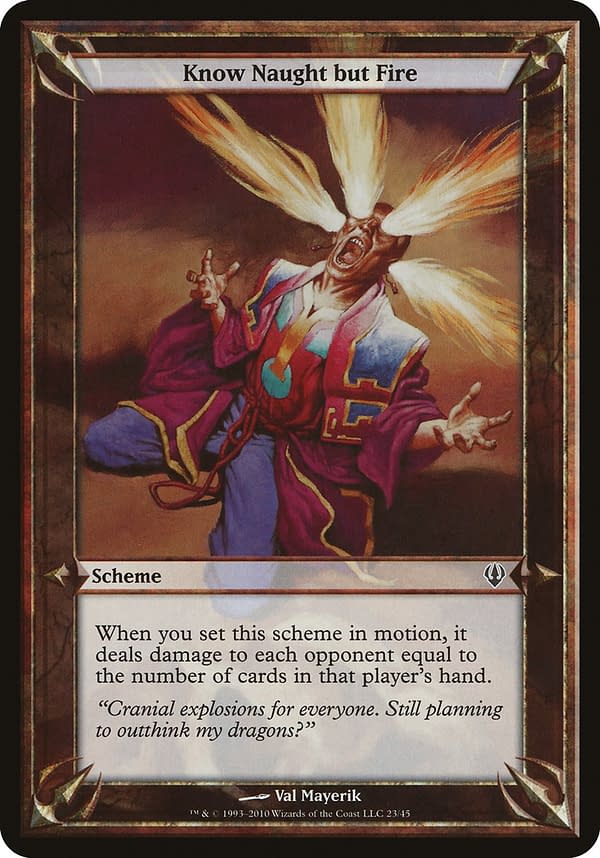
#24. Look Skyward and Despair
Look Skyward and Despair (Value, 4/10) is only slightly better than The Iron Guardian Stirs for a few reasons. For one, it uses a much more common, and therefore much more relevant, creature type for its token. Dragon decks abound nowadays, especially with the proliferation thereof thanks to the Dungeons & Dragons crossover sets. Furthermore, the token generated has one more power (albeit one less point of toughness), and it flies. Still, generic schemes are generic schemes, and while we would take this one over the Iron Guardian and all it entails (at least anywhere but a dedicated artifact deck – and we mean dedicated), most of the other scheme options in this release – not to mention the Nicol Bolas release or the promo schemes – are far superior to this one.
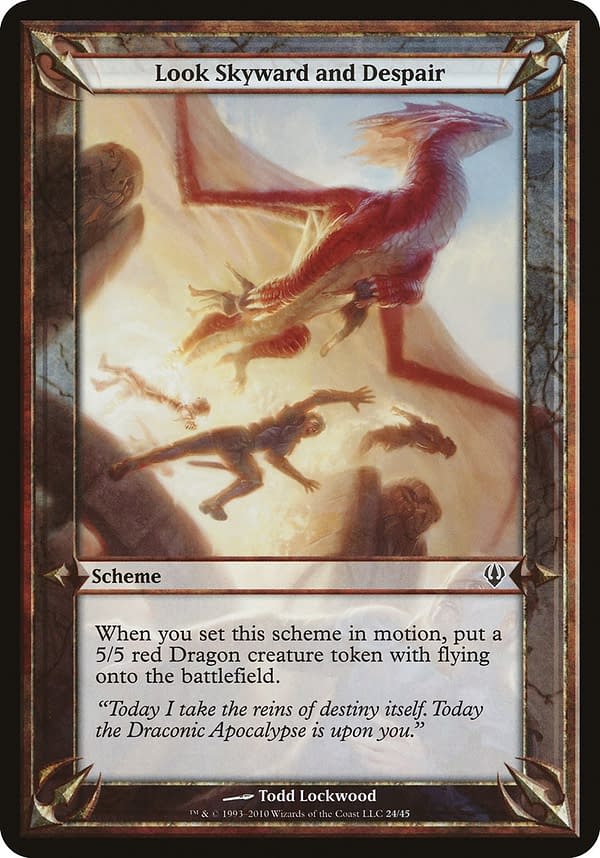
In short, there are some weeks where there are only one or sometimes two good schemes in a cluster. Occasionally all three are pretty good. Seldom will all three be this generic, nor, putting it quite frankly, this bad. But what do you think, dear readers? Do you believe Archenemy is a worthwhile or fun format? Is it worth a future reprint or even future support past what we've got? Let us know your thoughts in the comments below!









